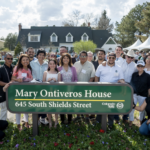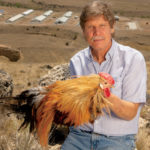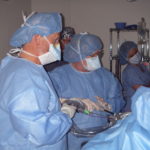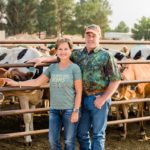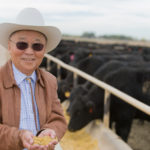Take a walk with Tom Whiting (B.S., ’80) as a young boy growing up in Denver’s Park Hill neighborhood in the mid-60s, and you’d have an easy time getting to City Park just down the road. Through tree-lined neighborhoods, he loved to head that way and visit the Natural History Museum and Denver Zoo whenever he could.
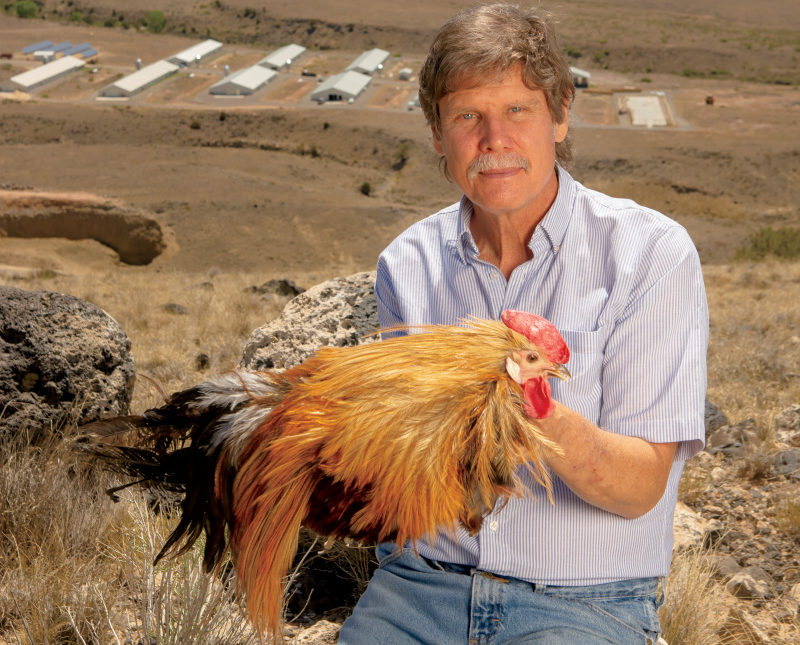
The latter two locations captured Whiting’s young imagination. In each place, he felt like he was entering a new world where he could explore the wonders of Earth and space or bond with exotic animals known only in far-away continents. But rather than wildcats, zebras, or bears, it was chickens that got his attention the most, and at the tender age of 10, he decided to start raising them.
“I got some chickens and started selling eggs around the neighborhood. I loved showing off the chickens and got really immersed in it. I gravitated toward poultry because they had something to offer.”
Whiting realized his agricultural bent was unique in his family, who were all white collar workers. His interest in poultry continued to grow as he got older, and when it was time to go to college he chose Colorado State University, which had one of the best avian science programs in the country.
“CSU’s avian science program at the time was cranking out scientists, presidents, and many high-level industry workers in the poultry world. It was a great place for me.”
Whiting recalls many excellent teachers in the department and is still friends with one of them. In fact, he says that CSU was the springboard to his life’s work.
“If it wasn’t for avian science at CSU, I probably wouldn’t have gone into the field that I did.”
The Best Fly Fishing Feathers in the World
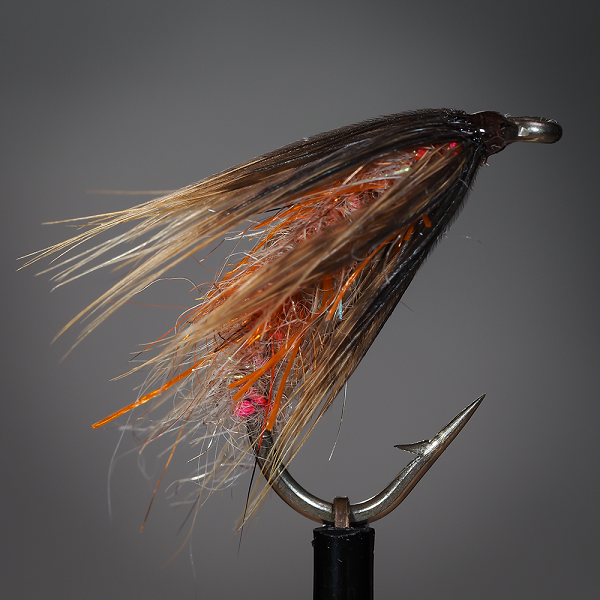
After graduating from CSU in 1980, Whiting earned his M.S. degree in poultry production and genetics from the University of Georgia in 1982 then headed to Ozark territory to get his Ph.D. at the University of Arkansas. He was excited about all the new technologies that would improve livestock production and delivery and wanted to be a part of the new era in agriculture that was brewing.
One day, he gave Dr. Carey Quarles, the second in command in CSU’s avian science program, a call. Whiting had a business idea of cloning chickens and thought Quarles could offer his hatchery to lease along with some incubators. Quarles said no, but he could sell Whiting his hackle company. Whiting was intrigued. He flew back to CSU, met with Quarles, and got all the paperwork for the business. He figured he could try this for a few years before moving on to his idea of cloning chickens.
“That was 33 years ago, and I have yet to get to the other business.”
Hackle – the feathers that surround the neck of a chicken – are key in the fly fisher’s experience. It helps the fly float on the water and by imitating an insect such as a mayfly, tricks the fish into thinking it’s a tasty meal. A fly fisher is very particular about his or her hackle. According to Whiting, they want to handle a thing of beauty and pay close attention to the barb density, feather symmetry, and amount of feathers.
Raising the chickens that produce beautiful fly tying feathers has been the heart of Whiting’s business since 1989, when he founded Whiting Farms. He worked seven days a week and made a choice to run his business year-round, which was different from the seasonal competition. Whiting says that putting in the extra effort made all the difference in the world despite the trials and tribulations.
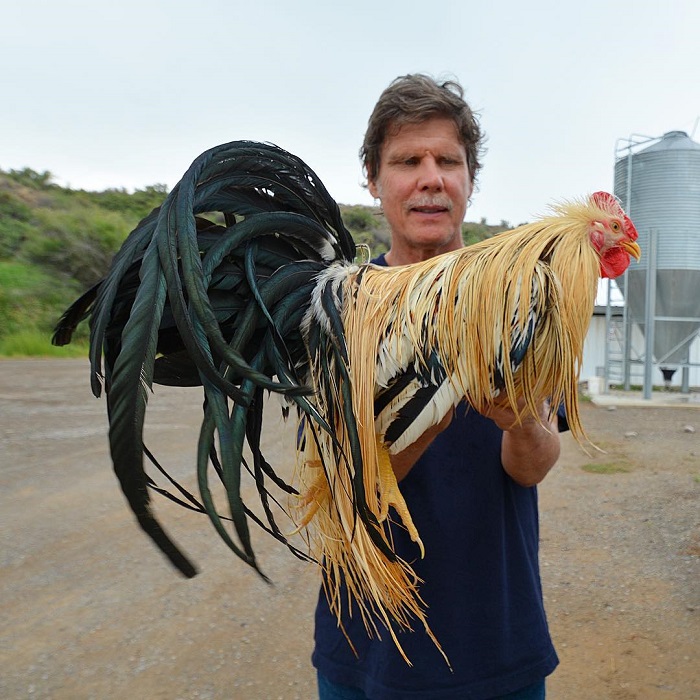
“I’m not a serious fly fisher or fly tier – I know how to do both – but the challenges and core concerns of this business are more related to poultry production and genetics, in addition to small business management.”
Whiting calls running his business an “occasional screaming nightmare” in the early years, but as luck would have it, the film A River Runs through It came out in 1992. Starring Brad Pitt and directed by Robert Redford, the movie centers on a Montana family devoted to fly fishing and created a boon for Whiting Farms.
“After the movie came out, all the yuppies suddenly wanted to come back to nature and give fly fishing a try. Absolutely dumb luck for me that I started my business around the same time.”
Whiting’s reputation for excellence and his business’s mission “to have the best quality, value, selection, service, and reputation” has given him worldwide recognition in the hackle business. Two-thirds of his customers are from overseas, and his product is of such high quality that he never has to worry about advertising. But it’s not just about hackle for Whiting. Changes in the poultry industry since he started are causing him grave concerns about issues that could potentially impact U.S. and world markets.
The Poultry Industry’s Uncertain Future
An unexpected tension rippled through Whiting Farms in the late spring of this year when avian influenza ravaged Colorado farms all over the state. Whiting knew that his chickens could potentially be wiped out if they got it. There is no cure, and the disease can kill millions of birds across the U.S.
Whiting had the foresight to preserve his genetic lines to protect his business from disaster. Although Whiting Farms was spared from the avian flu this time, there is no guarantee the disease won’t strike back at some future point.
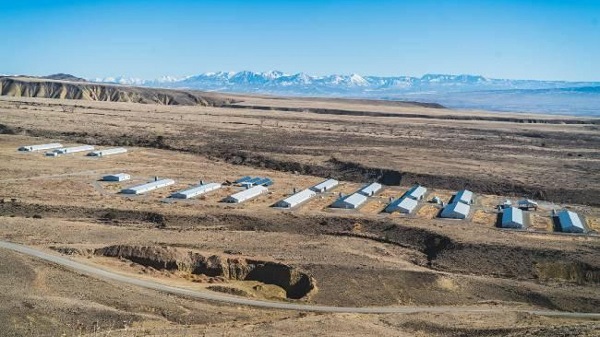
Whiting says his education in avian science has been essential for his ability to preserve and protect his chickens, and he has continued to stay on top of industry trends. In the decades since his time at the University of Arkansas, for example, the substantial amount of poultry genetics companies worldwide have either gone under or been bought out by larger corporations. Now, according to Whiting, only five companies in the world own the entire poultry gene pool.
“Geneticists I know are very concerned, because the poultry genetic lines are all related now. If something happens to any of the lines, then this could have momentous consequences for the poultry supply.”
Despite the need to address some of the biggest challenges in the poultry industry, including breeding efficiency, managing and preventing disease, and genetic diversity, the trend away from avian science at universities has only increased since Whiting graduated from CSU.
“There was once about 48-50 poultry departments in U.S. universities; now there is under 10. Everyone in the industry knows that the need for poultry will continue to grow on a global scale, so education is vital on a number of levels.”
Whiting sees the poultry market becoming more regional in the future and is also preparing a new group of people to run Whiting Farms as he ponders possible retirement. From his small corner of the world in Delta, Colorado, he hopes the larger-than-life impact he has made in his unique field will continue for generations to come.
“People always try to do the same old things. I’ve done pretty well trying to do something different.”











